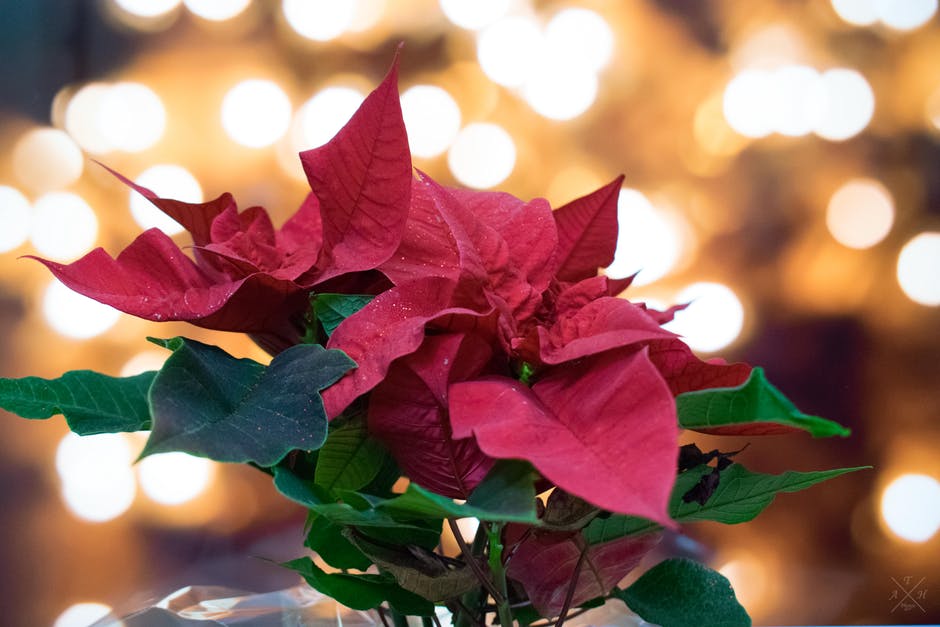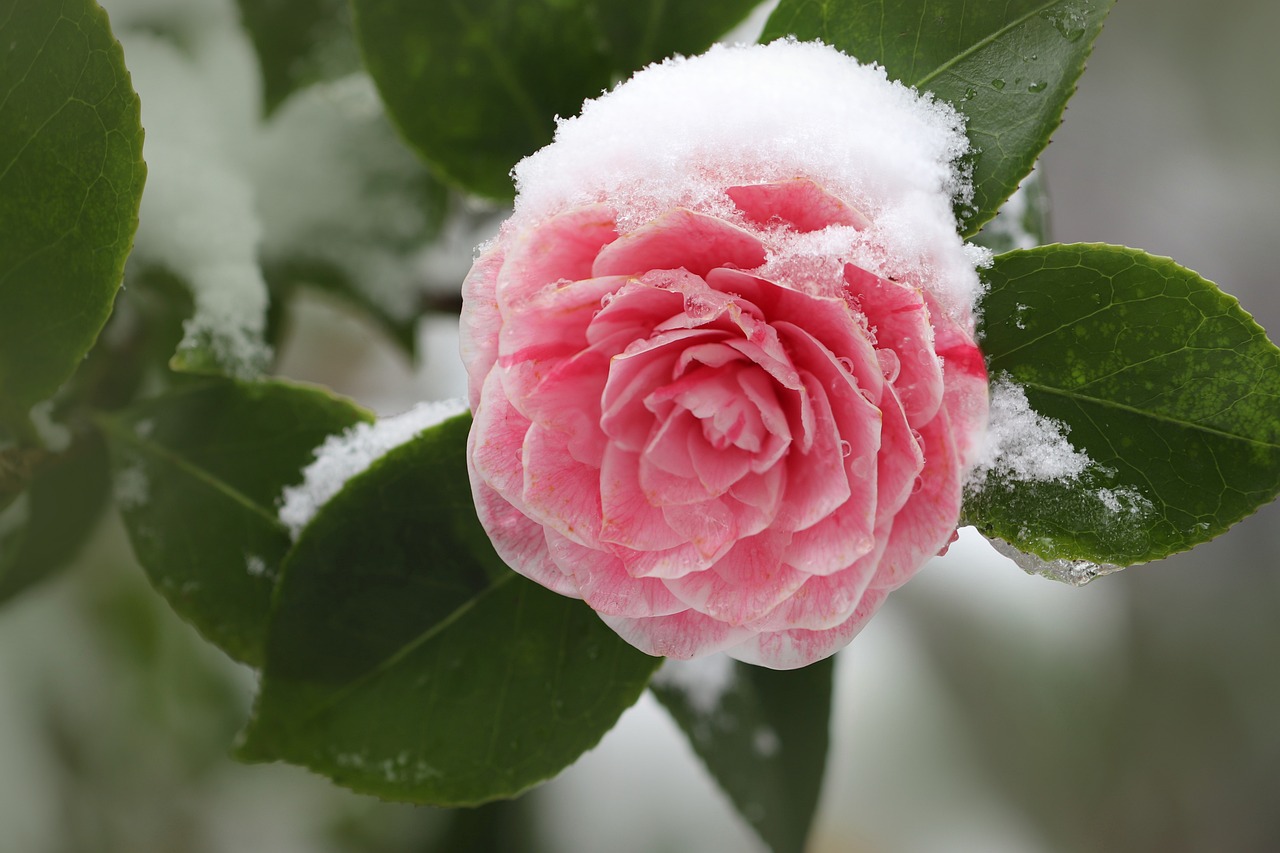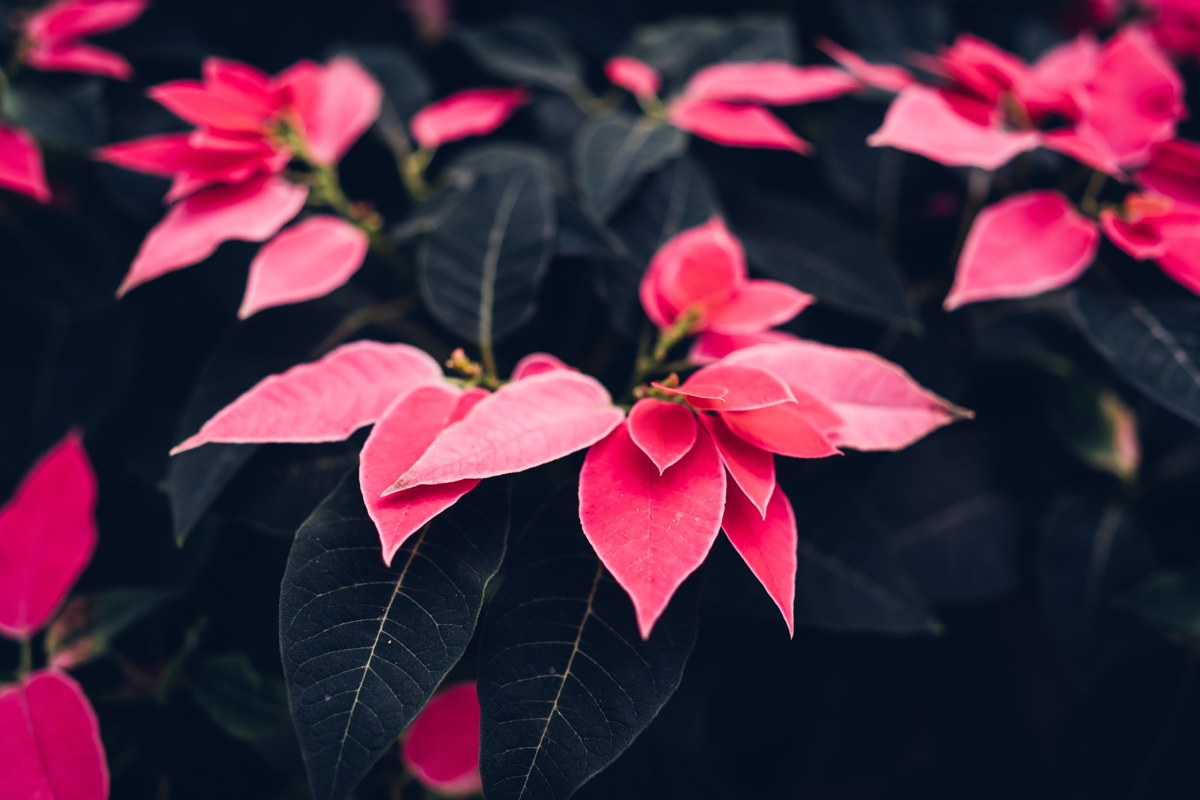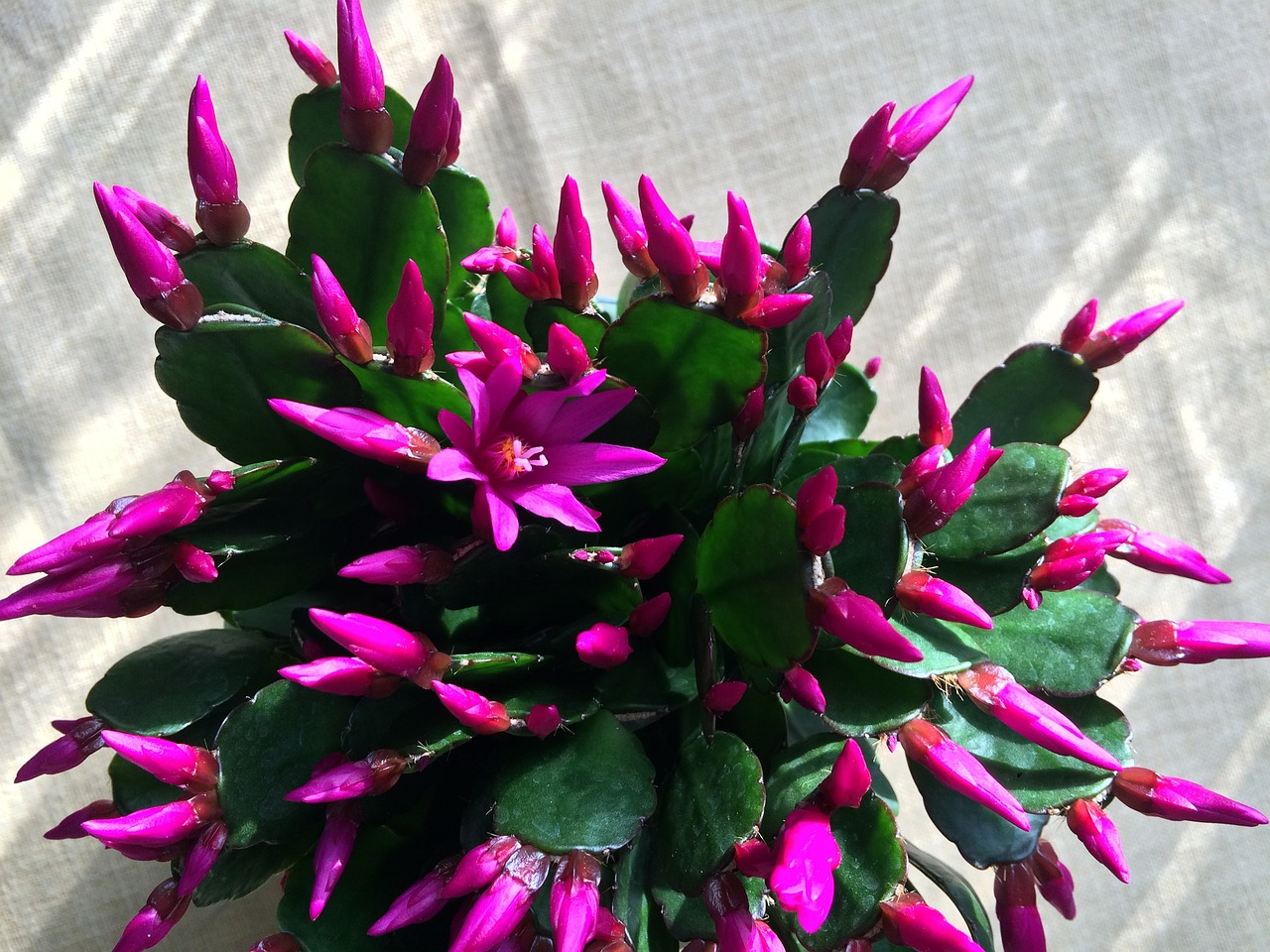Autumn Frosts – Which Plants Are Vulnerable and How to Protect Them
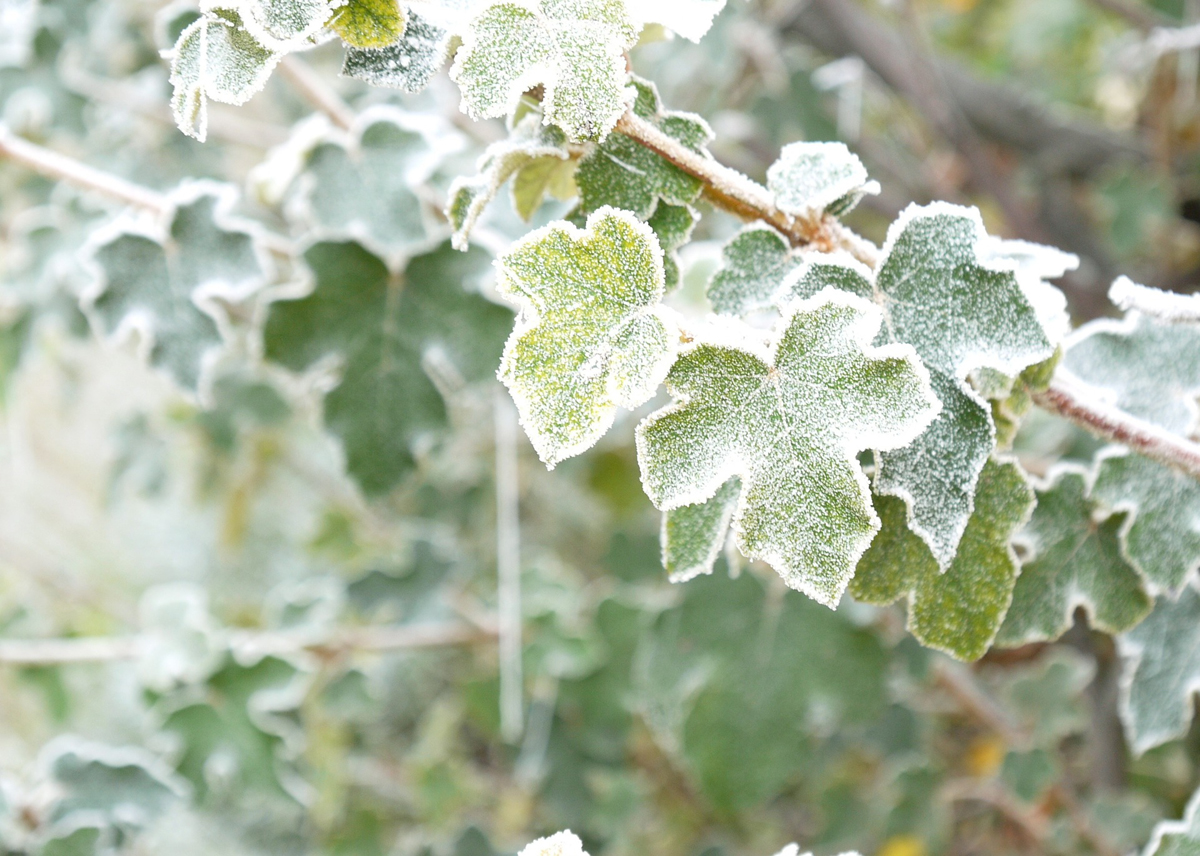
As a rule, the first widespread frosts occur in the UK around September time. Higher ground will tend to see frosts earlier than low-lying ground. A ground frost will damage only the most tender plants, but it is a warning that you need to be vigilant and take action to protect other plants.
Which Plants are Vulnerable?
In the main it is non-native plants that need protection from frost. Flowering herbaceous plants most at risk from autumn frost include: fuchsia, penstemons,, chocolate cosmos, osteospermum and pelargonium. It is also important to make sure certain fruit and vegetables are lifted before the first frosts, namely basil, potato, tomatoes, courgettes, French and runner beans. Shrubs, trees and climbers that require protection from frosts or cold winds include tree ferns, abutilon, lemon trees, palms, lemon verbena and plumbago.
With those plants vulnerable to frosts, you need to either protect them or move them inside.
Protecting Plants
A cover or protective packing is needed over smaller plants or around the base of larger plants. You could use horticultural fleece, compost, leaf mould, straw, hay or bracken. Cloches provide effective protection against cold winds but will only protect plants from the slightest of frosts. Larger plants can be more difficult to protect. If your tree or shrub is growing in a pot it can be moved inside a greenhouse for protection. Otherwise, pack the base with straw and wrap them in sacking or fleece.
Moving Plants
Plants grown in outdoor planters are the easiest to move. Depending on the plant, they can be moved into either a cold greenhouse, a heated greenhouse, or inside your home. The plant will require some watering throughout the winter. Whether to use a cold or heated greenhouse really depends on where you live in the country. If you live in a particularly cold area then those plants that would normally survive in a cold greenhouse may need to be overwintered in a warm greenhouse. Also, those plants which would normally survive outside in warmer parts of the country may need to be brought into a cold greenhouse if you live somewhere cold.
A cold greenhouse will keep out the frost but not the cold. Therefore a cold greenhouse is most suitable for those plants described as half-hardy. Protection from severe frost can be provided with some additional heating or by leaving a light bulb on. For extra protection some people even line the greenhouse with bubble wrap. Plants that can be overwintered in a cold greenhouse include fuchsia, tender lavenders, pelargonium, and oleander.
A warm greenhouse needs to be kept around 5 degree centigrade. Plants you will need to overwinter in a warm greenhouse include abutilon, solanum, and datura.
The Author:
Jo Poultney is a RHS qualified gardener.
Photo. Free Photos
Source: EA


